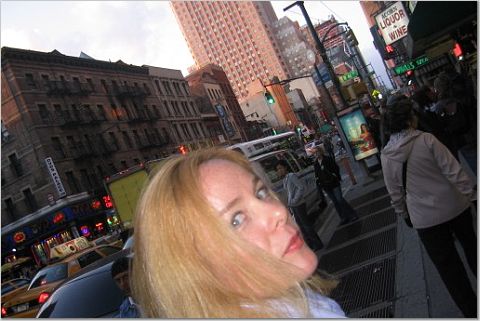 The Architect's Newspaper has a comprehensive piece by David Grahame Shane about all the development that's planned for
The Architect's Newspaper has a comprehensive piece by David Grahame Shane about all the development that's planned for  What do you mean by "recombinant" urbanism?
What do you mean by "recombinant" urbanism?
Recombinant comes from genetics. Watson and Crick had a big influence on me. My idea is that through history, urban elements combine and recombine to make something entirely new and unique.
What is the difference between urban planning and design?
My definition, it’s a scale thing. Urban planning is very large scale. Urban design is much more about the fragments. It’s more in tune with the way catalyst development works. People can only assemble so much at one time. It’s more about packaging. Urban design is more pragmatic.
It's a dense book. Can you sum it up?
It starts with the idea that there are basic elements of urban design, one is a centering device, a town square or an atrium. Another is a linear sorting device, a street or a mall. The third one is places of urban change, the recombination of urban elements, or heterotopias as [Michel] Foucault called them.
Your book argues that there’s no such thing as a master planner anymore.
Planners and their dream of a rational scientific world just doesn’t work. The world is an irrational place where strange things happen. In the past, the illusion of planning scientifically was supported by the state and corporate economic planning departments. It was a different world. A lot of the book is about complex interactions and layers of different approaches. People in the past tried to simplify things. Today, in a heterotopia, actors work out their differences and come to some kind of agreement about its future shape.
Progressive urbanists say there’s no good planning in
In certain ways, the
